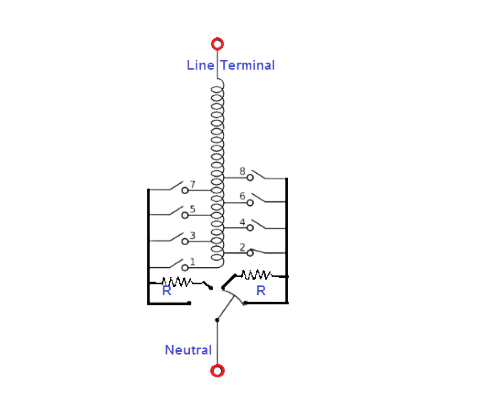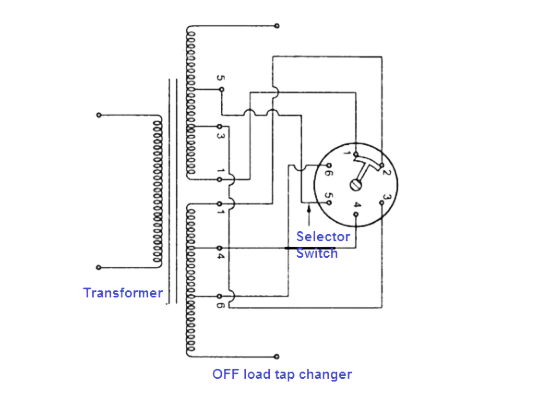Just think about our practical life. It’s too hard to survive in life. Because we know that life is not a bed of roses. When we fall into trouble or lose our potential then we try to overcome this situation. This manner is also seen in electrical devices. A transformer is one of them.
Now, a question is arising in your mind, what is the mystery behind boosting the potential of the transformer as required? Let’s solve the mystery and minimize your thrill. The transformer tap changer is behind the mystery.
What is Transformer Tap Changer
A tap changer is a crying need of power transformers with a view to regulating the secondary voltage to required levels. Now, you may ask when it will show its action?
When Does The Transformer Tap Changer Work?
Suppose, 5 MW load is connected to the load side of the transformer. If this amount of load varies then the tap changer will begin to work. But when the 5 MW load is constant, it will be at rest. Hence, the transformer tap changer is a necessary device for these circumstances.
Voltage regulation of the secondary voltage of the transformer can be overcome by using a tap changer at the secondary side as we overcome our troubles in daily life in the above-mentioned instance.
Here voltage control is done by the AC voltage transformation ratio by providing tappings on the high voltage winding. Tap changing is done when the transformer is separated from the supply.
When a transformer is loaded with the constant primary voltage, it’s secondary voltage changes because of its internal resistance and reactance of conductors.
Types of Transformer Tap Changer
There are two types of transformer tap changers. These are:
- ON load tap changer
- OFF load tap changer
ON Load Tap Changer
Before briefing about the on-load tap changer, I want to present the circuit diagram of the on-load tap changer:

After separating the supply volt from the circuit, the tapping of the ON load tap changer can be varied. Now, let’s know how we do this operation?
How ON Load Tap Changer is Operated?
We usually use a motor drive unit for changing the tap changer. It can be operated by two steps:
- In an emergency condition, it is operated manually.
- In normal conditions, we use the remote control in this case.
During the tap changing, a high short circuit current will flow. By using the pair of resistors we can limit that high current.
Here, mentioning the fact, an on-load tap changer is always used on the HV side.
Why OLTC is used in HV side?
- In high voltage side no spark will be seen as there is very tiny amount of current.
- High voltage winding is placed on the outside where, the low voltage winding is placed on the inner side of the core.
- The windings of HV side is not so large. That’s why, we can easily obtain a nice voltage ragulations.
OFF Load Tap Changer
Normally, 2.5% to 5 % tapping is provided on the transformer winding due to regulate the voltage. It’s also used on the HV side of the transformer. It is also used by separating the power supply through the circuit breaker. Off-load tap changer is utilized when the regulation process is continuing for a long process.

Some Essential Features of Transformer Tap Changer
Selector Switches:
It can play a role as a selector switch for setting up the physical tap position. Besides, its unable to cut out the power.
Reactor:
There is a gap where two voltage taps are spanned. Reactors (inductors) are used in the circuit to increase the impedance of the selector circuit and limit the amount of current circulating due to this voltage difference. Under normal load conditions, equal load current flows in both halves of the reactor windings and the fluxes balance out giving no resultant flux in the core.
Bypass Switch:
A bypass switch is used when we change the tap-changing sequence. The sequence of operation is mechanically linked, or interlocked to ensure that all contacts always operate in their correct order. Any failure of the operating mechanism can result in severe damage to the transformers and tap changers.
Read More Articles
What is phase-shifting transformer? Why it is used?
What is Ground Switch? Why it is Used?


